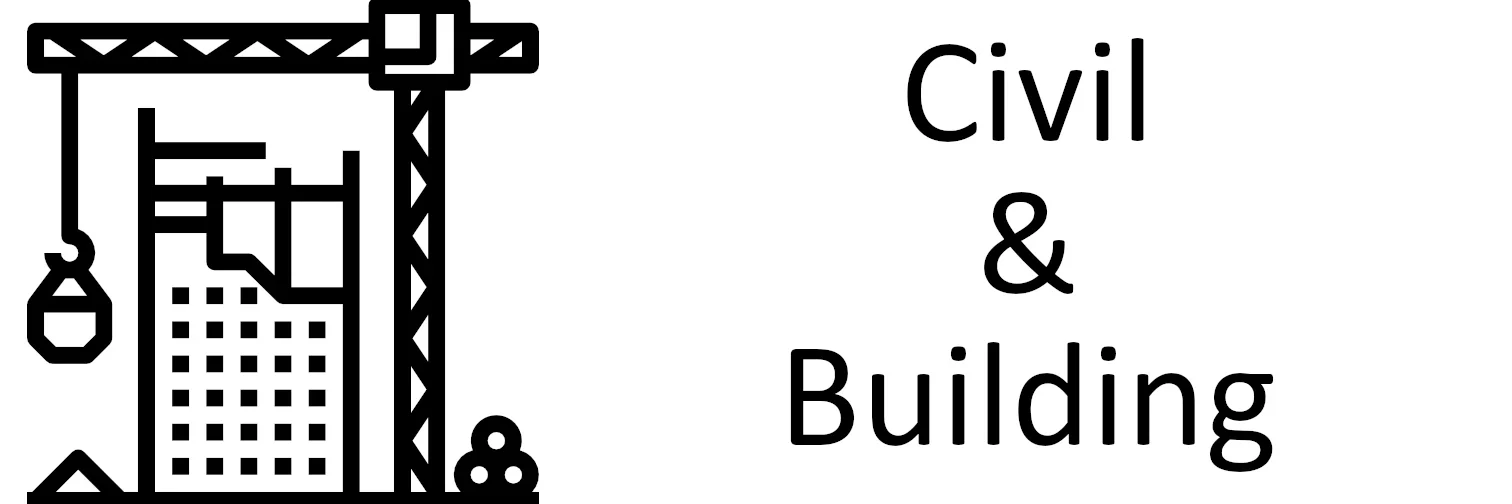Introduction
Concrete is the fundamental structure of modern construction, offering strength and endurance to many structures from buildings to bridges, roads to dams. To guarantee the continued safety and life expectancy of these edifices, it is essential to use concrete testing techniques that check the quality and robustness of the material. In this blog, we will explore the significance of concrete testing, the methods commonly applied, and why they are indispensable for building projects.
The Significance of Concrete Testing
Concrete is composed of an involved mixture of cement, aggregates, water, and compounds. Quality and resilience of concrete depend on elements such as proportions of components, curing conditions, and the production procedure. Concrete testing is necessary to :
- Quality check: Ensure the concrete compound adheres to required regulations and performance standards.
- Security: Confirm that the concrete possesses enough strength and structural reliability to assist the expected loads and conditions.
- Toughness : Forecast the long-term behavior of concrete, comprising its immune strength to elements like temperature, chemicals, and wear and tear.
- Cost Economizing: By determining issues early in the construction progress, valuable time and resources are salvaged by eluding expensive restorations or alternates afterwards.
Common Concrete Testing Strategies - Compressive Robustness Examination: Compressive energy is one of the most vital features of concrete. This experiment involves subjecting cylindrical or cube-shaped concrete models to a gradual, axial load until breakdown. The max load is noted down, and the compressive strength is calculated. The result helps decide whether the concrete gathers design criteria.
- Slump Test: The slump test is applied to evaluate the workability of new concrete. It involves appraising the deformation of a cone-shaped concrete specimen when a slump cone is removed. The extent of distortion indicates the concrete’s consistency and easiness of installation.
- Air Substance Testing: Air content is requirement in freeze-thaw climates, as additional air may bring about decreased robustness. The air content is evaluated via the pressure procedure or the volumetric system, which ascertains the volume of entrained air in the concrete.
- Non-Destructive Examining (NDT): NDT techniques, which include ultrasonic examination, rebound hammer, and maturity testing, give precious data on the structural reliability, gravity, and curing of concrete minus wrecking the structure. These tests are utilized throughout and after building.
- Chemical Study: Chemical analysis can measure the concrete’s composition, including the type of cement, water-cement ratio, and the being of damaging elements. It aids in identifying any issues related to the concrete mix.
- Robustness Testing: Classification of tests, such as freeze-thaw opposition, chloride penetration, and sulfate solidity, provide information about the concrete’s strength under special environment specifications. These studies are crucial for long-term operation appraisal.
- Moisture Testing: Moisture testing is essential for concrete floors, as unnecessary moisture may lead to adhesive failure, warping, and mold growth. Strategies involve moisture meters, relative humidity testing, and calcium chloride testing.
The Part of Quality Control in Building
Concrete testing is a crucial area of quality control in construction assignments. Quality control certifies that the concrete infuse applied in the project fulfills the specified criteria, limiting the danger of structural breakdown, complaints, and pricey repairs. It also gives documentation and responsibility throughout the building procedure, guaranteeing adherence with business parameters and legal rules.
Conclusion
Concrete testing techniques are vital instruments for engineers, contractors, and quality control specialists in the building industry. By examining concrete with a range of tests, we can assess its quality, strength, strength, and work under various conditions. This proactive way not only safeguards the security and durability of edifices but also adds to budget-friendly and levelled construction habits. As the construction industry perseveres to advance, concrete testing continues to be an elemental pillar of ethical quality and durability of our edifice environment.
